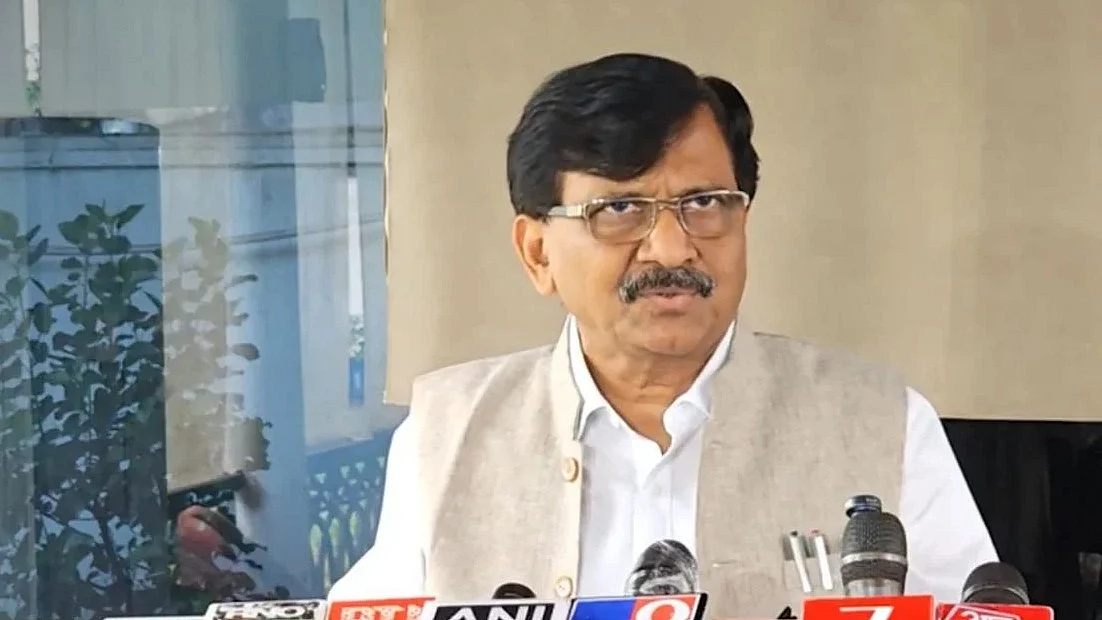Navi Mumbai: The environmentalists’ campaign to save the Navi Mumbai wetlands from getting buried by City and Industrial Development Corporation (CIDCO) under the garb of bird strike threats for the upcoming Navi Mumbai International Airport (NMIA) has taken a new turn.
The Adani group-controlled Navi Mumbai International Airport Pvt Limited (NMIAL) has responded to a complaint lodged with the Prime Minister by the environmentalists from satellite city virtually in May, 2021, stating that there is no bird-strike threat to the upcoming airport. The complaint, lodged by NatConnect Foundation, has been forwarded to various authorities, including the Maharashtra Pollution Control Board (MPCB) which asked NMIAL to respond.
NMIAL’s response to MPCB said the Bombay Natural History Society (BNHS) has been carrying out studies using satellite-assisted bird tracking system and other statistical methods. Early indications from these studies show that the risk of bird strikes to flights at NMIA will be “no more than any other airport in the country”, the letter said.
In its Environment Impact Assessment (EIA) report submitted to the Ministry of Environment, Forests & Climate Change (MoEF&CC) in September, 2021, NMIAL said that maintaining the current state of this landscape especially wetlands and Protected Areas is essential for the air safety of NMIA. Any changes in the current state of these areas will result into more erratic movement of the birds in the landscape between feeding and roosting sites, which may jeopardise the air safety of NMIA.
“The overall approach is to conserve the three existing roosting sites – TS Chanakya, NRI Colony and Panje Funde. Not doing this has resulted in cancellation of several prestigious projects like the Golf course on wetland area to the north-west. Initial BNHS studies for movement pattern of the birds, shows criss-cross across the creek (the Eastern seafront). The mudflats to the west at Sewree are active birding sites, but will not be affected by aircraft movements since the aircraft during take-off takes a 30-degree angle and will be at more than 6000 ft by the time they are over Sewree. The birds generally fly at heights lower than 5000 ft,” the EIA report stated.
"The response clearly means that the existence of wetlands does not pose any threat to the aircraft," said Director of NatConnect Foundation, B N Kumar. This assumes significance in the context of CIDCO’s policy to 'wipe out' the wetlands to pave way for real estate development under the garb that the places close to the airport should be made unattractive for birds, despite all round efforts to conserve the water bodies to maintain biodiversity in the flamingo city, Kumar said.
The destruction of the wetlands, on the contrary, could definitely pose threats to the aircraft and the birds could land on the high grounds at the airport if they miss their natural habitats that they are used to, as stated by the 141-year-old nature research body, BNHS.
BNHS has, in fact, expressed its concern time and again over the destruction of wetlands and strongly recommended their preservation as bird destinations, Kumar narrated in his complaint to the Prime Minister.
"With the assertion from NMIAL, now it is high time for CIDCO to realise the importance of conserving the wetlands," Nandakumar Pawar of Sagar Shakti said and pointed out that CIDCO has regrettably leased out the Uran wetlands to JNPA and NMSEZ and planned a golf course on the Nerul water bodies. CIDCO has even brushed aside a Mangrove Cell proposal to conserve the six wetlands.
CIDCO has also not bothered to consider the state forest department’s plan to protect six wetlands at Belpada, Bhendkhal, Panje, NRI, TS Chanakya and Bhandup pumping station as part of the Thane Creek Flamingo Sanctuay’s satellite wetlands. Pawar has filed a petition with the Bombay High Court to save Panje wetland while a writ petition filed by another NGO, Vanashakti is also pending in the High Court.










